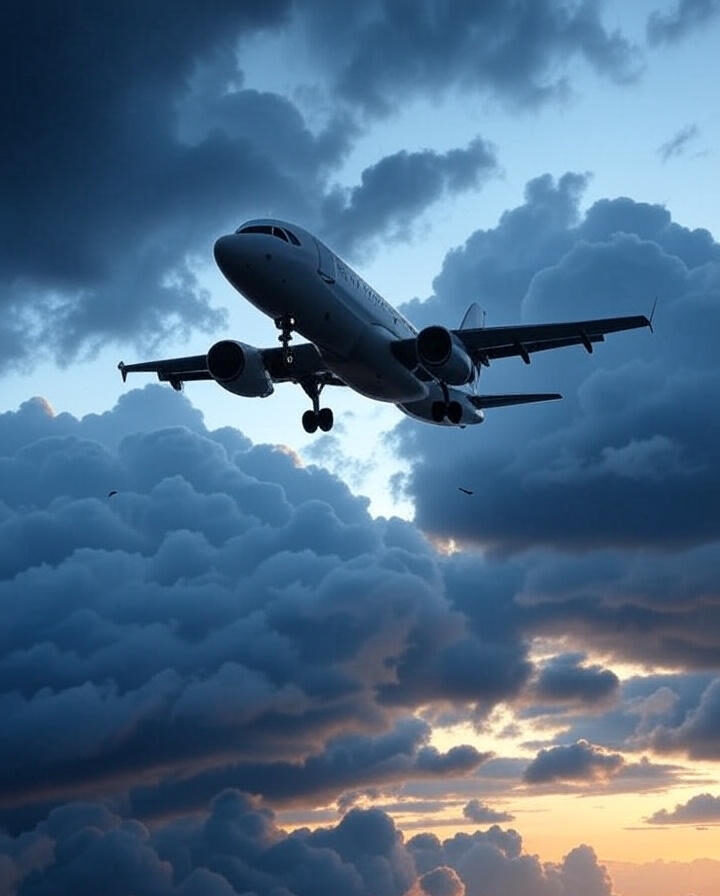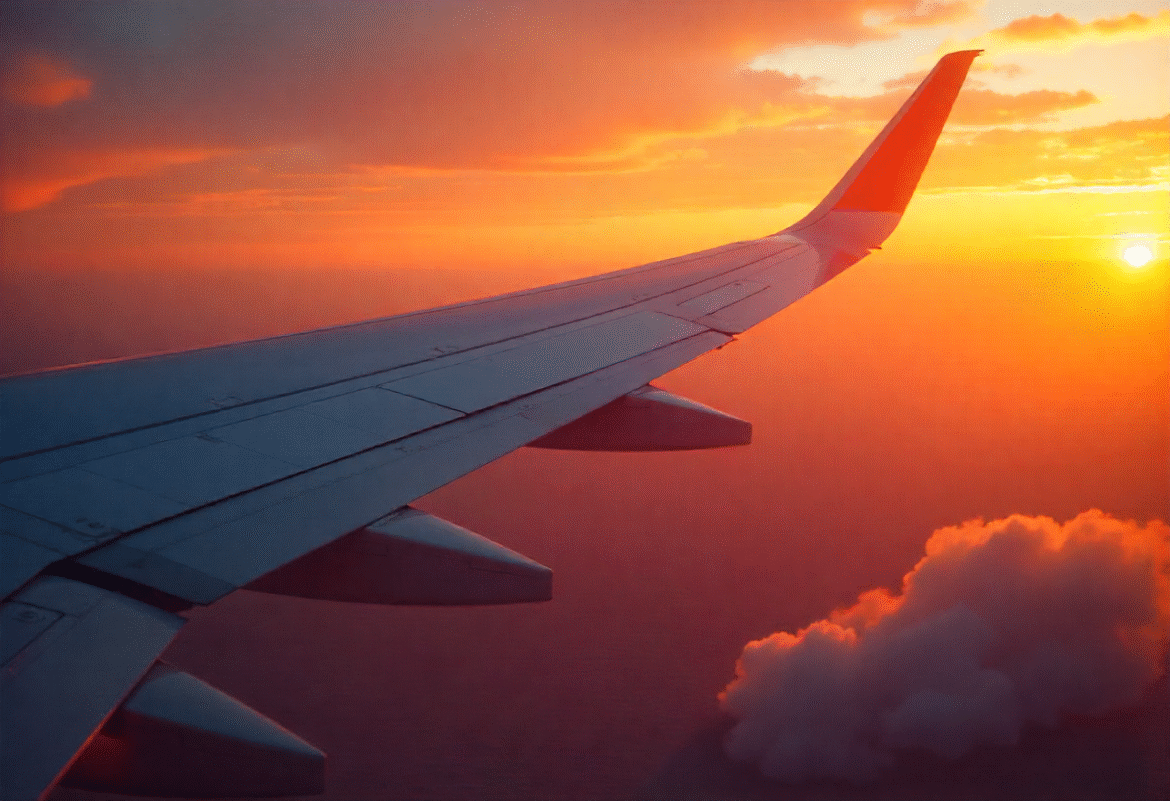Why Is Turbulence Increasing?
Turbulence, particularly clear air turbulence (CAT), which occurs without visual clues like clouds and often near jet streams, is becoming both more frequent and more severe. Driven by climate change, the warming of the troposphere and cooling of the stratosphere intensify vertical temperature gradients. These disrupt the stability of jet streams, causing stronger wind shear and more chaotic airflows (Condé Nast Traveler, Wikipedia, Fast Company).
Multiple studies confirm this trend:
- A 55% increase in turbulence over U.S. and North Atlantic skies compared to 40 years ago (Southern Living, People.com, Le Monde.fr).
- Projections show turbulence doubling*, possibly tripling or quadrupling along some busy routes in the coming decades (Fast Company, Inside Climate News, The Guardian).
- CAT over transatlantic corridors may increase by 60% (light) to 150% (severe) by the time global warming doubles based on atmospheric modeling (Wikipedia).
These changes have real world consequences:
- The U.S. has seen 207 serious turbulence-related injuries since 2009, most among flight attendants (Southern Living, The Guardian, People.com, AP News).
- Delays, diversions, extra safety checks, and aircraft wear-and-tear cost airlines $150 to $500 million annually in the U.S. alone (Southern Living, Wikipedia, Science Focus).
- Some incidents, like recent ones on Delta and Singapore Airlines flights, caused injuries and even fatalities (AP News, The Guardian, Herald Sun, MarketWatch, Condé Nast Traveler).

The Bumpiest Flight Routes Globally
Worldwide
According to Turbli data, the bumpiest flight route in 2023 was Santiago, Chile → Santa Cruz, Bolivia, with an average eddy dissipation rate of 17.568 EDR (Turbli, Mighty Travels Premium, Travel Noire). The turbulence stems from mountain challenges winds interacting with the Andes produce consistent mountain wave turbulence.(Globedge).
Other notable turbulent global routes include:
- Almaty → Bishkek, Kazakhstan
- Lanzhou → Chengdu and Lanzhou → Xi’anyang, China
- Centrair → Sendai, Japan
- Milan → Geneva and Milan → Zurich, Europe (Travel Noire).
North America
- One report flagged Nashville → Raleigh/Durham as the bumpiest U.S. route (Travel + Leisure).
- Turbli’s 2024 analysis found eight of the top ten most turbulent North American routes involved Denver or Salt Lake City, with the worst including Mendoza (Argentina) → Santiago (Chile) which also topped the global list (Investopedia).
In Summary
Climate change is fueling turbulence especially invisible, clear‑air turbulence which is becoming more frequent, unpredictable, and intense. Flying over jet stream zones and mountainous regions leads to bumpier conditions.
- Top global bumpy route: Santiago → Santa Cruz (Bolivia).
- Rough U.S. segment: Nashville → Raleigh/Durham, plus many routes near Denver and Salt Lake City.
- Drivers: Intensified jet streams, rising wind shear, global warming.
Stay safe in the skies keeping your seatbelt fastened whenever seated is the single most effective way to minimize risk (AP News, Science Focus).

